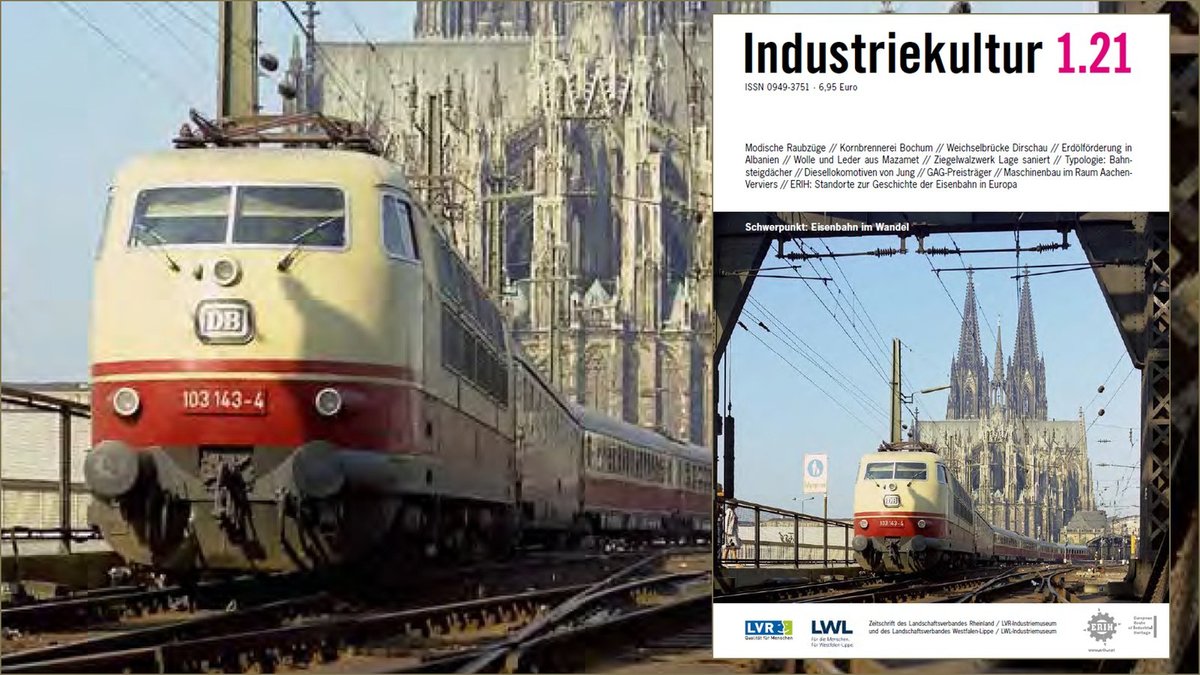
German magazine Industriekultur, No. 1.21: Railways in Transition
The EU Commission has declared 2021 the "European Year of Rail". The focus is on the railway's future role as a climate-friendly carrier, but also on questions of restoration and conservation. The magazine Industriekultur/Industrial Heritage tackles the topic in its current issue "Railways in Transition" and dedicates the chapter "From horse-drawn railways to high-speed trains. Sites illustrating the history of the European railway" to ERIH.
In fact, Europe boasts a wealth of monuments and museums that recount the success of railway transport in the 19th century as well as its further development. The České Budějovice (Budweis) horse-drawn railway museum in the Czech Republic, for example, evokes the early days when rail vehicles still relied on horsepower, even for long distances. At Manchester's Museum of Science and Industry, located in the world's oldest surviving passenger station of 1830, the railway already entered the steam age thanks to the inventions of industrial pioneers such as Richard Trevithik and George Stephenson.
The Semmering Railway in Austria, built between 1848 and 1854, stands for the pioneering achievements of European railway engineers in crossing high mountains. At the foot of another steep section of early railway, connecting the stations of Neuenmarkt-Wirsberg and Marktschorgast in Bavaria, stands the German Steam Locomotive Museum with its collection of 30 steam engines. Funicular railways such as the Monte Igueldo Cable Car demonstrate what it takes to overcome major vertical drops within short distance.
The 'chemins de fer vicinaux', a light railway system that served much of rural Belgium from the late nineteenth century until the mid-twentieth century, are another fascinating chapter in rail history. The move to adapt heritage railways for visitor trips marked the beginning of the Talyllyn Railway in Wales, which has been in operation since 1951 and claims to be the world's first museum railway. Thus, it is also a major milestone on the long journey to conserving the railway heritage and making it a hands-on experience. An early indication that this was imperative is the DB Museum in Nuremberg, Germany, which dates back to 1882 and is considered to be the oldest railway museum in the world.

